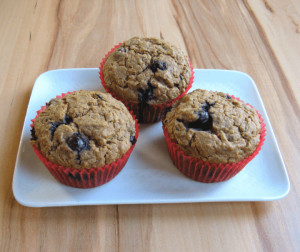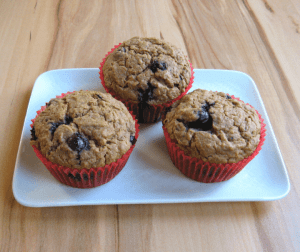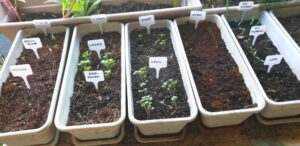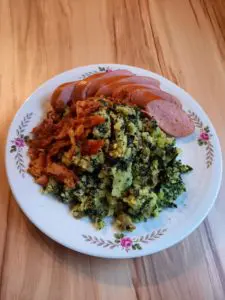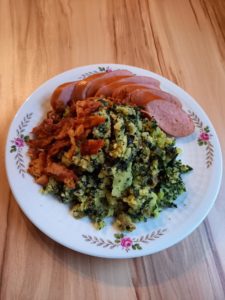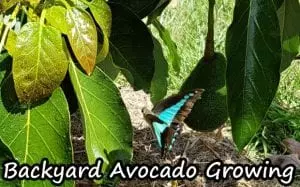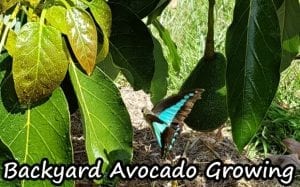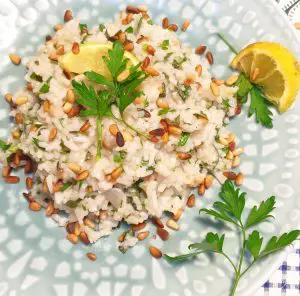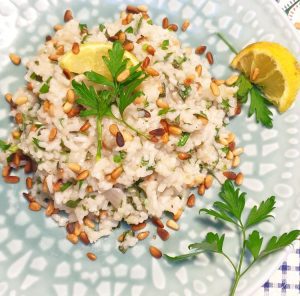Flowers the world over have romanced us for centuries. Who can forget the scent of jasmine in summer, a bunch of fresh roses, or their mothers favourite perfume? It’s easy to think of flowers as purely decorative, but they’re so much more than a pretty face. Used in the vegetable garden to attract pollinators, the variety among flowers is infinite, and a huge number of them are edible. Flowers are suddenly at the forefront of modern dining, yet they have been used in food since Roman times. There are some brilliant and unique flavours to explore, with the added bonus of adding colour and interest to the plate.
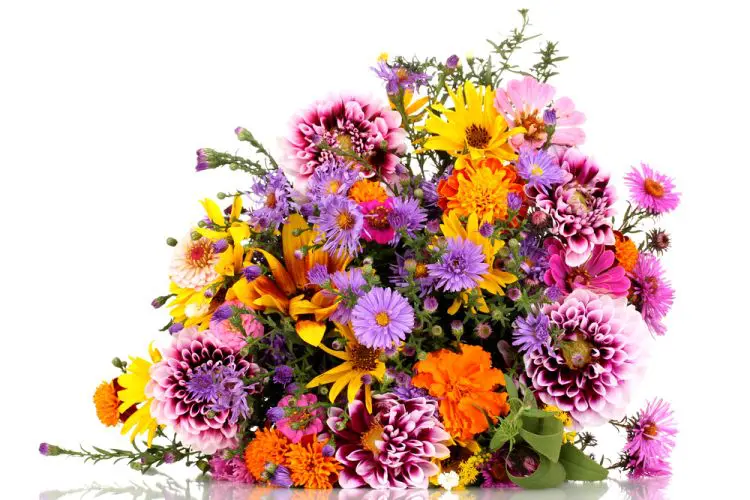
No matter what sort of climate you live in, many edible flowers are easy to grow and require very little maintenance. You may already have some in your garden without realising! There are lots of perennials that only need planting once, and plenty of annuals that self-seed readily, so it’s easy to get a steady supply without spending your life in the garden. Here we’ve chosen 8 edible flowers that are easy to grow in lots of different climate zones.
Before you start though, remember to be sensible about it. Not all flowers are edible, so make sure you know what you’re eating. Blooms such as wisteria, azaleas, agapanthus, dahlias, hydrangeas, clematis, daffodils, lantana, foxgloves and morning glory are not fit for human consumption. If in doubt, download a plant identifying app like this one to your phone.
When picking flowers for the table, pick young blooms and buds on dry mornings before the sun becomes too strong. This way, the petals will be at their freshest & the colour and flavours will be most intense.
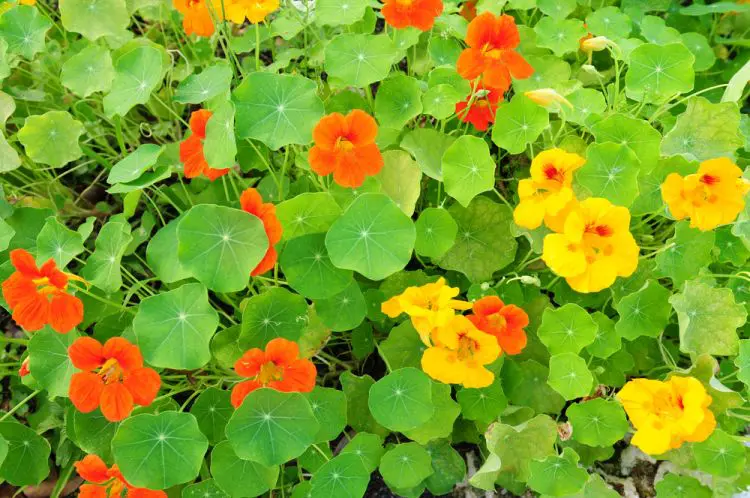
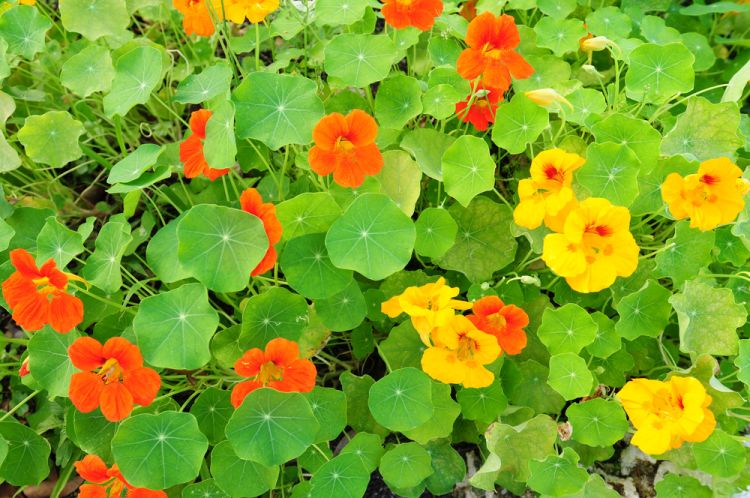
Nasturtiums- This is one of the most edible and easiest to grow. You can eat every part of the nasturtium, and even make a pesto with the flowers and seeds! This frost-tender annual plant is very easy to grow, and thrives in poor soil. Nasturtiums self seed readily so it’s quite easy to maintain a constant supply of them- let the seeds drop when the plants die off and they’ll pop up like magic next season.

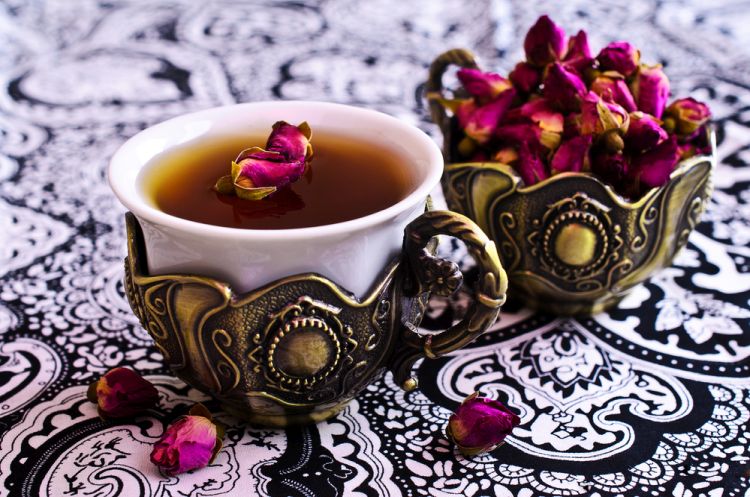
Roses- You can make tea, salads and desserts with this classic favourite. All part of the rose flower are edible, and you can expect a lemony, somewhat bitter flavour. The intensity of the flavour will depend on the rose variety, with the darker petals having the most pronounced flavour. All rose varieties are edible, but before consuming, remove the bitter white portion of the petals.


Calendula – This ancient medicinal plant is well-known for its use in skin-healing oils and lotions. The flavour is somewhat saffron-like, and can range from spicy to bitter to tangy to peppery. To eat, separate the petals from the centre of the flower and sprinkle the petals into salads. Calendula is easy to grow from seed, and prefers a temperate climate. Colours range from pure yellow to orange and red. Dead-heading spent flowers will ensure continuous blooms throughout the season.

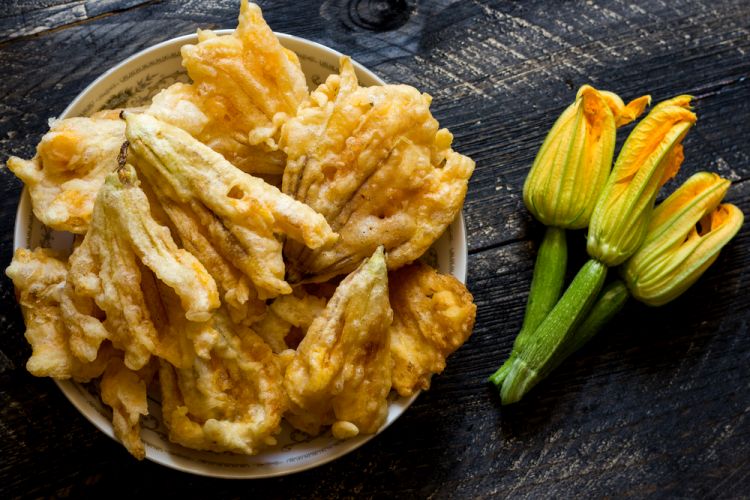
Zucchini and pumpkin flowers- Both these large vegetable flowers can be battered and fried, as shown above. If eaten raw, they make a tasty addition to salads and a showy garnish. Male zucchini flowers are the best choice for eating, and have a mild squash taste. Both zucchini and pumpkin are easy to grow and flower prolifically, and will grow year-round in warm climates. Pumpkin is well-known for its self-seeding ability, particularly in compost heaps.


Lavender – Well known and loved by millions for its wonderful scent and healing qualities, this classic shrub is also edible. Lavender flowers have a distinctive floral taste with a hint of rosemary and mint. Use sparingly in sweet dishes and baking; a little bit goes a long way. Lavender plants are perennial and fairly easy to grow. They require very little water, very good drainage and at least six hours of full sun per day.

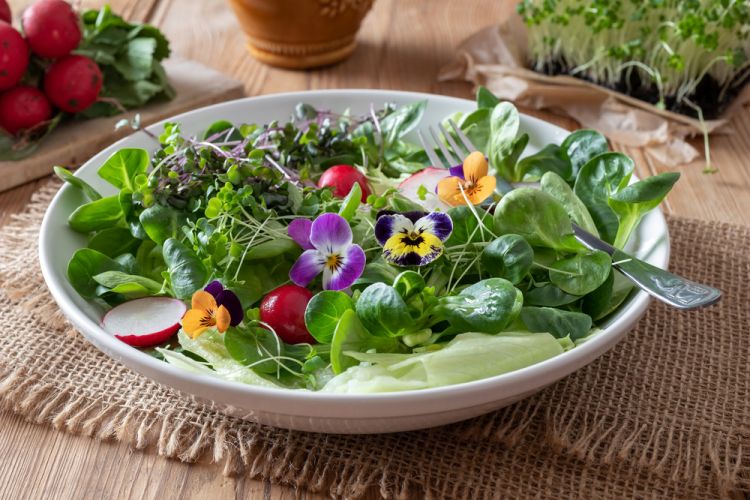
Pansy/viola/violets – This trio of classics are pretty on the plate and delicate on the palate. All three are cool-weather favourites with a sweet, grassy/green flavour. Violas come in a plethora of colours, which makes them a fun flower to use as garnishes or frozen within ice cubes. Pansies, violas and violets are all biennials which will re-grow when the climate suits them. Your child will love them with their favourite drink.


Marigolds – Commonly used in the vegetable garden as a nematode-preventing companion plant for tomatoes, marigolds are just as useful in the kitchen. The petals have a spicy taste and can be sprinkled over sweet or savoury dishes. Marigolds are a warm-season annual which self-seed readily. They can be grown seasonally in cool climates and year-round in warm climates.

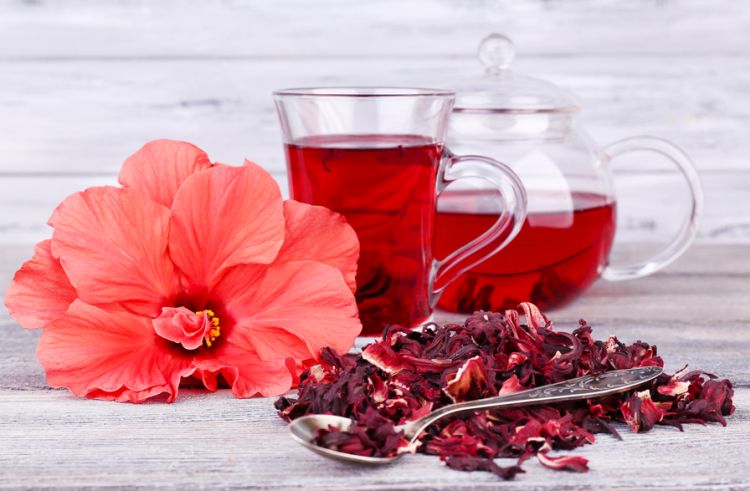
Hibiscus – These large ornate blossoms transport you straight to the tropics. Hibiscus come in a wide array of colours and are usually used in salads and for making tea. The flower has a strong flavour, and makes a bright red tea which has a tart, somewhat sour taste. The tea can be served hot but is particularly refreshing over ice on a hot summer day. Hibiscus is a moderate sized tree or large shrub that can be grown in the ground or in pots. It is a versatile plant which has a variety for nearly every climate zone.

